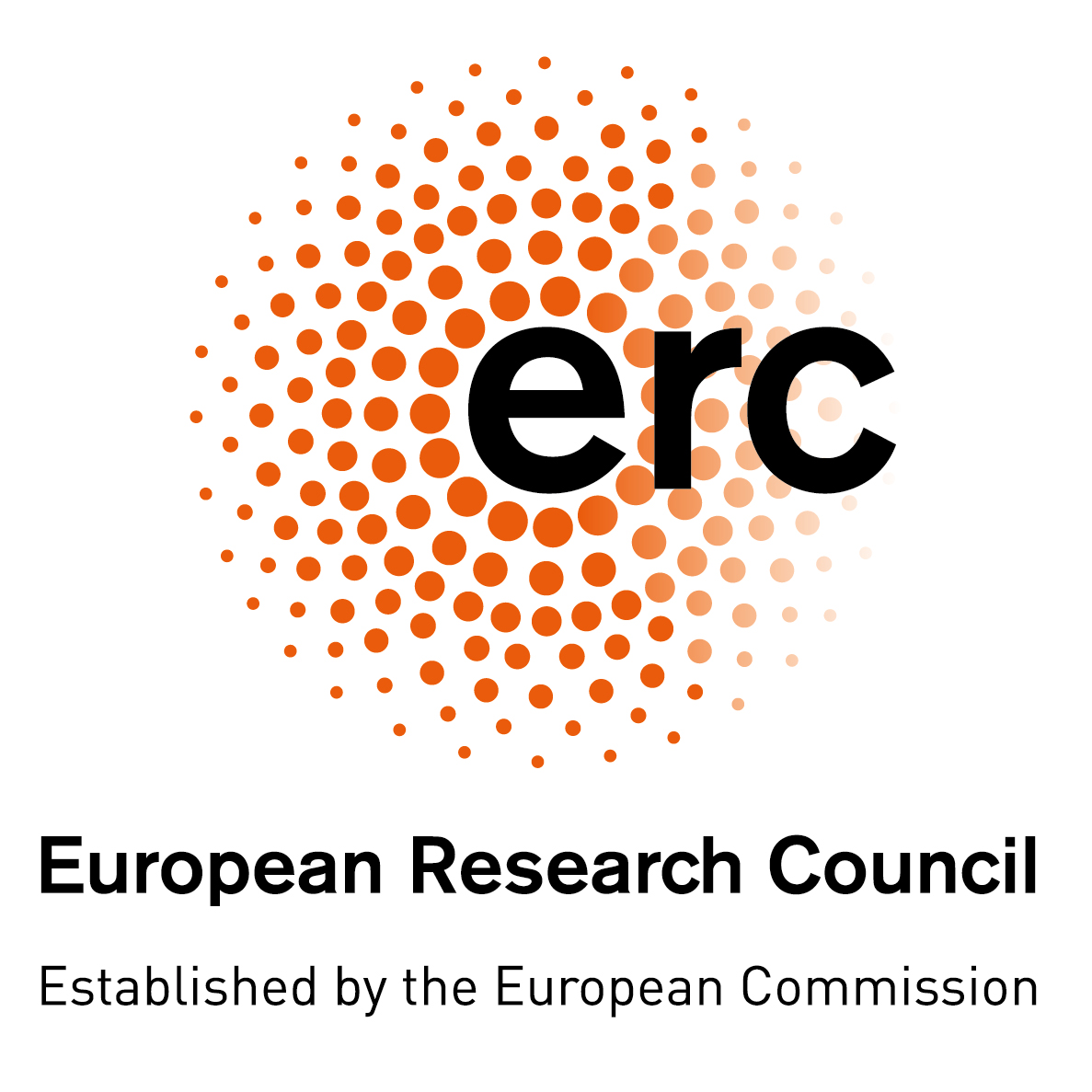behavioural experiments made easy
- 26+ plug & play paradigms
- Images, text, audio and video stimuli
- Access popular large stimulus sets
- Integrate with participant recruitment platforms
Paradigms
Surveys & Labeling
Rating & Similarity
Rapid Serial Visual Presentation
Checks & Calibration
Distraction
Pre-Configured Paradigms
Custom
Pricing
Team
-

Ian Charest
-

Jasper van den Bosch
-

Nikolaus Kriegeskorte
Contact
Partners
trusted by
integrates with

supported by

get started
sign up now to start designing your experiment